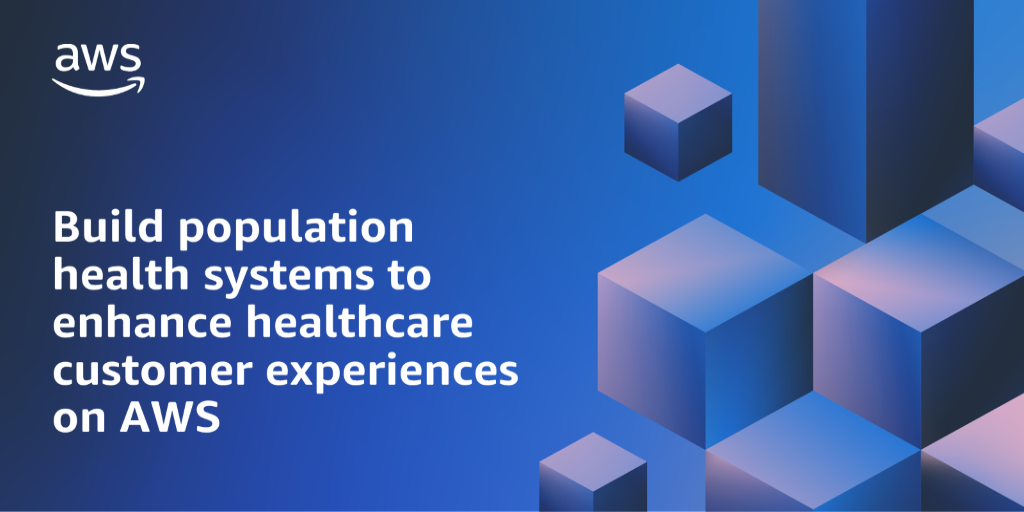AWS Public Sector Blog
Tag: interoperability
Forrester study commissioned by AWS estimates an ROI of 33% from data integration
A recent study, “The Total Economic Impact of Data Integration for the Public Sector,” analyzes the benefits, costs, and best practices associated with data integration. Read this blog post to learn more about the study, which finds that although there is an initial investment cost for organizations, interoperability can save tax payer dollars and alleviate administrative burdens.
Build population health systems to enhance healthcare customer experiences on AWS
As the amount of health data increases, different healthcare, life sciences, population health, and public health organizations are working to modernize their data infrastructure, unify their data, and innovate faster with technologies like artificial intelligence and machine learning (AI/ML). In this blog post, we dive deep on architecture guidance that enables healthcare providers to improve patient care.
How AWS and blockchain make it possible to meet the challenges of interoperability in healthcare
Health information is generally disorganized, unstructured, and stored in various formats, making it impractical to trace patient history and promote the exchange of information on a national scale with other health professionals. A solution to this issue is the creation of a unique patient registry, which can be defined as a repository of retrospective, current, and prospective information of the patient in digital format. The main objective of this registry is to promote integrated, continuous, efficient, quality health care. In addition, the registry needs to be accessible and available to different health institutions. When building these registries, it’s necessary to use standards to define not only how the information is structured, but also how it can be retrieved and shared among the different HIS in a safe, scalable, cost-efficient way. This can be done using blockchain.
Achieving healthcare interoperability
As patients navigate the healthcare system, their records should be easily transferrable between all organizations to ensure continuity of care. Value-based payment programs and increasing consumerism have driven the need for prompt and complete access to clinical information in healthcare systems around the world.



